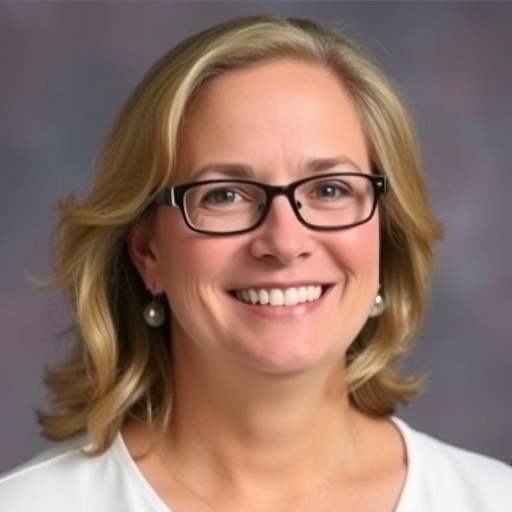
Credit: Photo: Veikko Somerpuro.
A new study brings neural-level evidence that the continuous variation in natural speech makes the discrimination of phonemes challenging for adults suffering from developmental reading-deficit dyslexia.
This may compromise the learning of native language phonemes already at an early age for infants at familial risk for dyslexia.
Dyslexia is understood to stem from difficulties in phoneme processing. Natural speech has continuous acoustic variation, and the phonemes sound different depending on, for example, the word context or speaker identity. In order to effortlessly understand speech, the phonemes still have to be detected accurately.
“In our study, dyslexic participants had difficulties, particularly when acoustic variation was added to the speech sound stream. In the absence of this variation, neural speech sound processing did not differ between dyslexic and typical readers. This seems to reflect a difficulty in categorising speech sounds in the native language phoneme classes,” Dr Paula Virtala from the University of Helsinki explains.
Understanding the neural mechanisms of dyslexia will help in targeting and designing rehabilitation for children with language development or reading problems, and in preventing future difficulties early in infants and small children at familial risk.
EEG revealed differences
The study, which was published recently in Scientific Reports, was conducted by recording the neural activity of 18 dyslexic and 20 typically reading adults with electroencephalography (EEG).
The participants listened to a stream of Finnish speech sounds at various pitch levels passively, with their attention directed away from the stimulation, and actively, by pressing a response button when detecting a change in the speech sounds.
Auditory event-related potentials differed between the two groups in both conditions. Dyslexic participants were also less accurate in detecting the changes.
“These kinds of studies conducted in adults allow for longer recording sessions and a broader range of methods compared to studies in children. We can utilise these findings in our longitudinal DyslexiaBaby study,” Paula Virtala explains.
The DyslexiaBaby study is conducted in the Cognitive Brain Research Unit at University of Helsinki. It follows children’s language development, particularly in families with dyslexia. The study is conducted in collaboration with Helsinki University Hospital and the University of Jyväskylä.
###
Media Contact
Paula Virtala, PsT, University of Helsinki
[email protected]
Original Source
https:/
Related Journal Article
http://dx.




